I’ve lost count of the number of times I walked past this church and its burial ground before finally stopping to explore it. All Saints, Fulham, is situated close to the River Thames, and is the twin to the more famous church on the other side of Putney Bridge – St Mary the Virgin, Putney. St Mary’s was the home of the Putney Debates, a series of discussions amongst members of the Parliamentarian New Model Army, in 1647. But All Saints also has an interesting history, and has a churchyard full of fascinating graves – including the tombs of many of the Bishops of London.
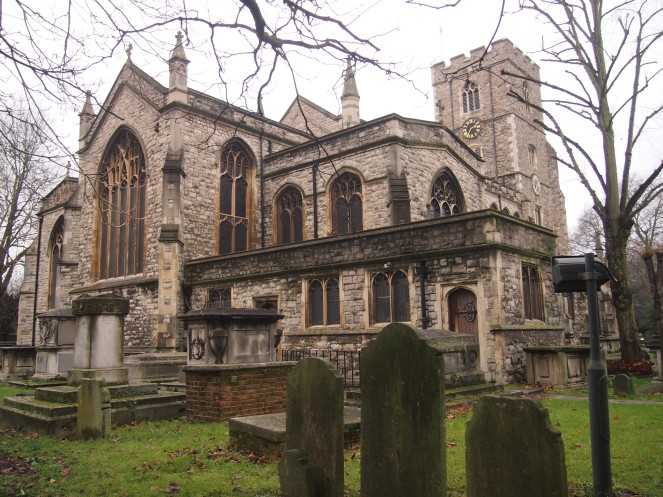
Fulham’s association with the Bishops of London goes back many centuries. The Bishops of London first became lords of the manor of Fulham in the early 8th Century, and the Fulham Palace was the country residence of the Bishops of London from about the 11th Century until 1975.
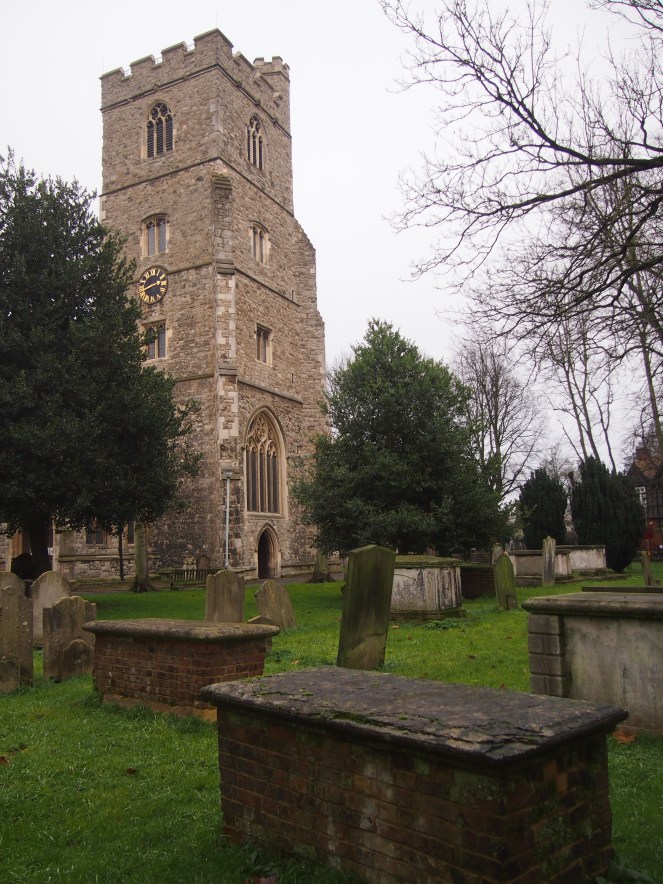
The current church is not the first to be built on the site – during restoration of All Saints evidence of an earlier structure was found, and it is thought that this church may possibly have been destroyed during the Peasants’ Revolt of 1381. The records at Fulham Palace were also destroyed around this time. The current church tower dates from around 1440; the main church building has been restored many times and today the main fabric of the church is 19th Century. The church provides the backdrop for the scene where Patrick Troughton’s character is killed in the 1976 film The Omen – the priest is impaled by a lightning rod that falls from the church tower during a storm.
The bishops had their own chapel in their palace, but some were laid to rest in the churchyard of All Saints, which bordered the land owned by the Bishops of London. According to one source, the first burial of a bishop at All Saints took place in the 14th Century.
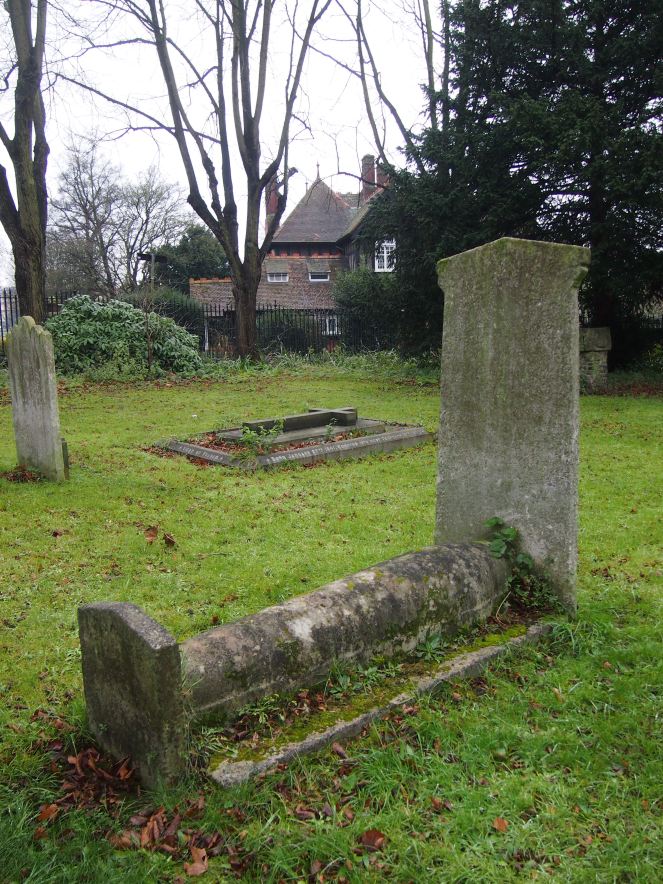
The graves of the bishops are clustered at the eastern end of the churchyard, between the church and the main road that approaches Putney Bridge. Ordinary graves give way to grander tombs, many of them decorated with heraldic images and coats of arms. The tombs of the bishops can often by identified by the mitres incorporated in coats of arms or other designs.
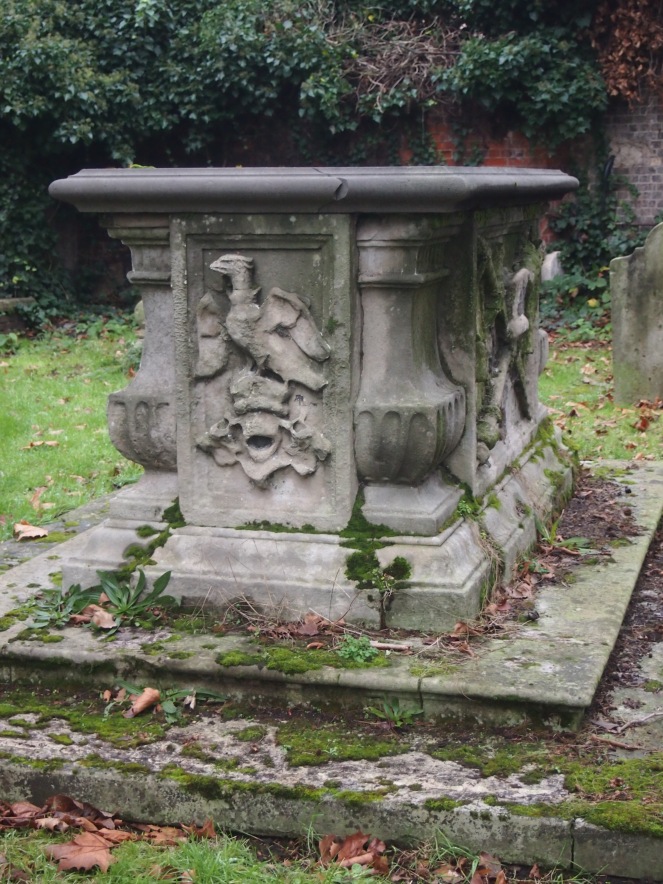
The richly carved tomb above is not that of a bishop, but of a former Lord Mayor of London who lived in Fulham. Sir Francis Child was a successful City banker, and served as Member of Parliament for Devizes at the beginning of the 18th Century. He had married into the banking family the Wheelers and for some time also held the prestigious position of jeweller to the King. Sir Francis died in 1713, and the decoration on his ornate tomb reflects the office he held in life – the view of his tomb below clearly shows a mayoral mace and chain.
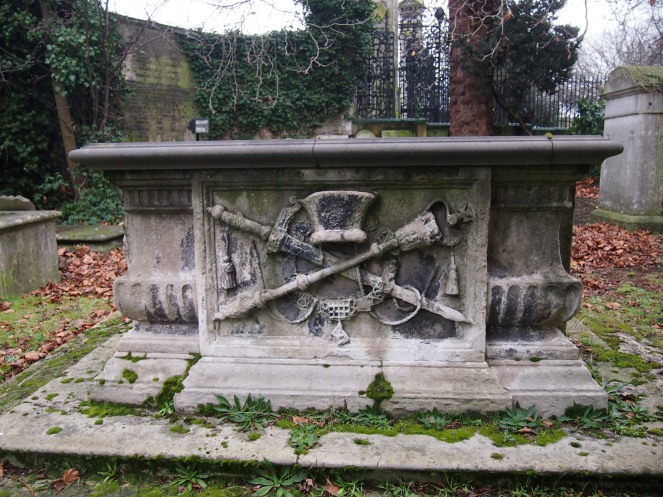
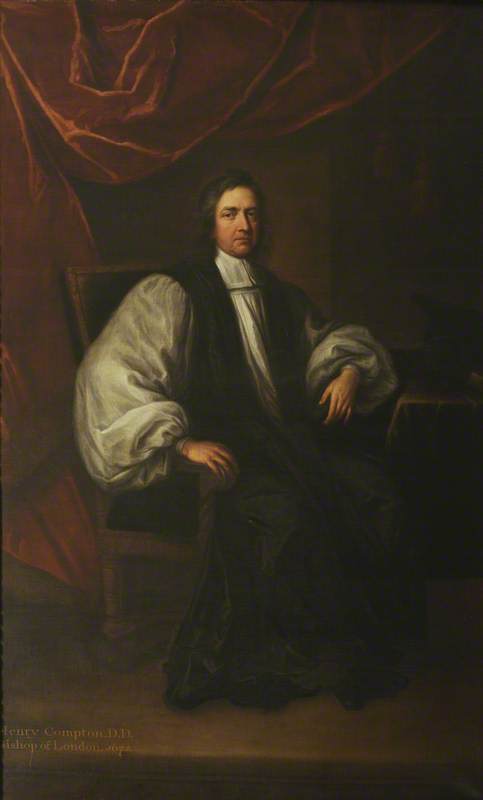
A bishop was also buried at All Saints in the same year that Sir Francis Child died. Henry Compton was Bishop of London between 1675 and his death in 1713. Compton was staunchly anti-Catholic, which brought him into conflict with King James II, who suspended him from his post in 1686 after he refused to suspend a clergyman who had been a vocal critic of the Pope. Following the Glorious Revolution and the accession of the Protestant monarchs William and Mary in 1688, Compton must have felt more secure in his job.
Compton’s successor, John Robinson, is buried close by. Robinson was a diplomat and spent many years working and travelling in Europe, including spending thirty years in Sweden as chaplain to the British embassy in Stockholm. He attempted to bring about a union of the English and Swedish churches in 1718, but despite his extensive diplomatic experience the venture failed.

One tomb towers over all of the others in this part of the burial ground. This grand sarcophagus marks the grave of Thomas Sherlock, who was Bishop of London between 1748 and 1761. The grave was designed by the architect John Vardy, who had studied under William Kent and became a very successful architect in his own right.

Thomas Sherlock was an academic as well as a man of the church. Originally from a background in the law (he succeeded his father as Master of the Temple), he went on to make a contribution to the field of theology known as Christian apologetics. This was the defence of Christianity against objections, using philiosophical arguments and historical evidence to provide a rational defence of Christianity. Thomas Sherlock produced a number of well-regarded sermons during his career, which were seen as significant enough to be reprinted in the 1830s along with his memoirs.
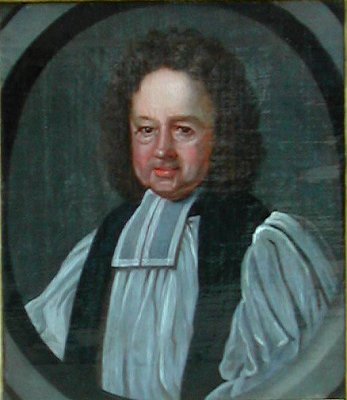
Edmund Gibson was Thomas Sherlock’s predecessor, and produced an early printed version of the Anglo-Saxon Chronicle, which he translated into Latin. Gibson’s edition of the Chronicle printed Latin and Old English versions of the text in parallel columns, and was the main edition of the Anglo-Saxon Chronicle used by scholars until the 19th Century.

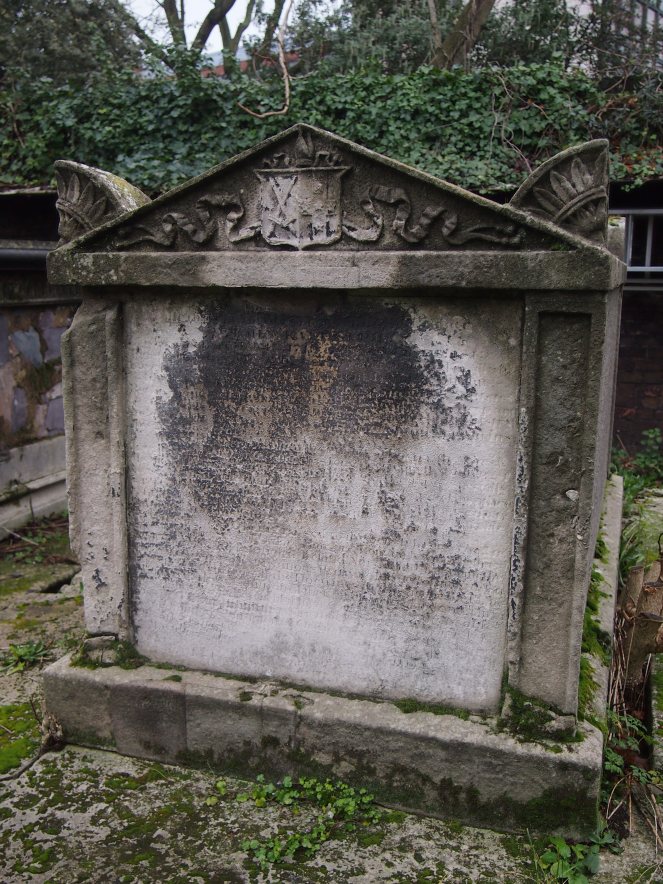
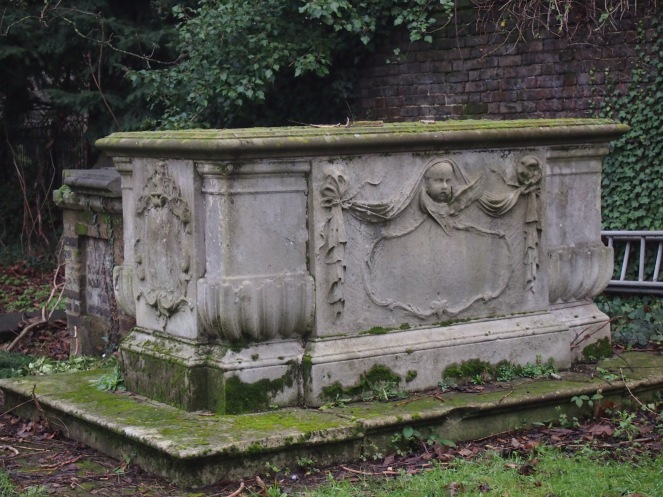
The churchyard at All Saints is so rich in interesting graves. A tall monument to a man called Thomas (surname unclear), who died in the 19th Century, depicts a number of symbols associated with death. The ouroboros, the snake devouring its own tail, is an ancient symbol of eternity, the cycle of life and the hope of an eternal life after death.

Another side of Thomas’ monument depicts a dove, which appears to be descending from heaven – a symbol of the Holy Spirit, and one that is commonly found on gravestones not just from the 18th and 19th Centuries but also on more recent gravestones.
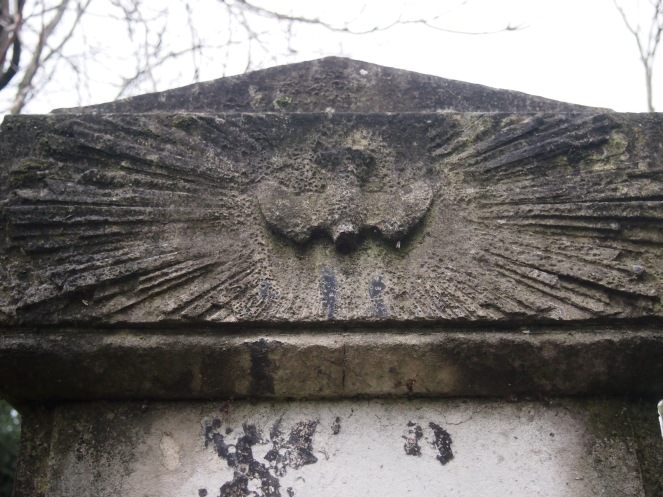
Finally, a more mysterious symbol – a snake looking into a mirror. I’ve done a bit of research on this and haven’t found any definitive interpretations. It’s not something I’ve come across before, but I’m wondering if perhaps it’s something to do with the serpent that tempted Eve in the Garden of Eden, thus causing the fall of humans and dooming them to die. There is also what looks like an extinguished torch behind the mirror – another symbol of death. If anyone has any other ideas about this symbol, please get in touch!
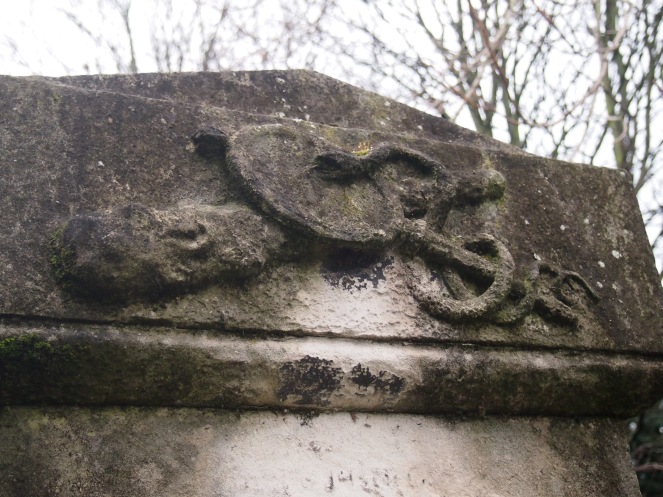
Less opaque in their meanings are the more common memento mori symbols of skulls and hourglasses on a number of graves in the churchyard. Some of the graves date from as early as the 17th Century, and on many of them the inscriptions and decorative carvings have survived remarkably well.

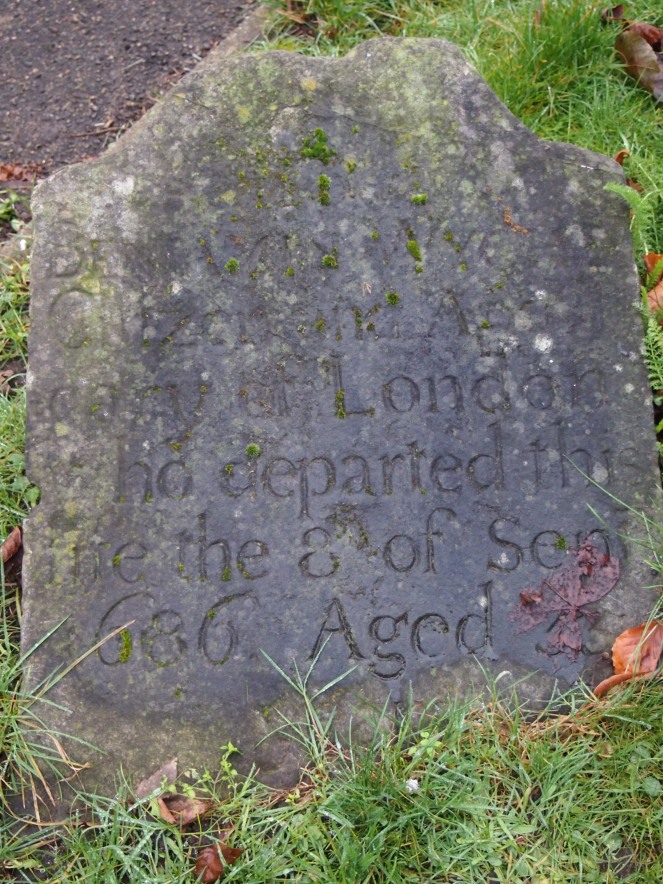
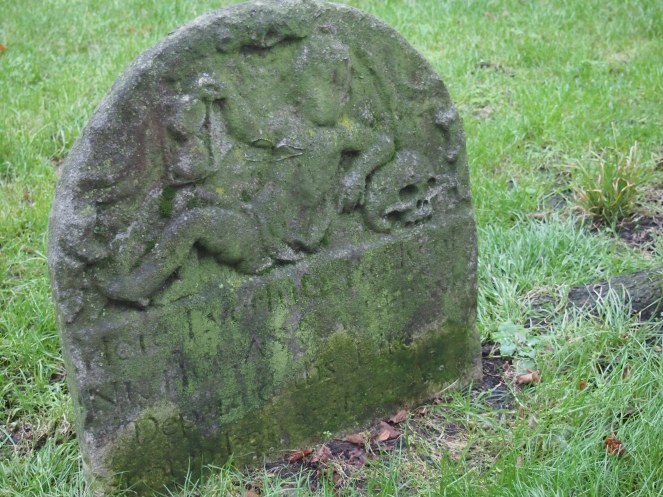
One my my all-time favourite gravestones resides at All Saints – it’s an unassuming grave at first glance, but the inscription is one of the very few that have ever made me laugh out loud in the middle of a cemetery.
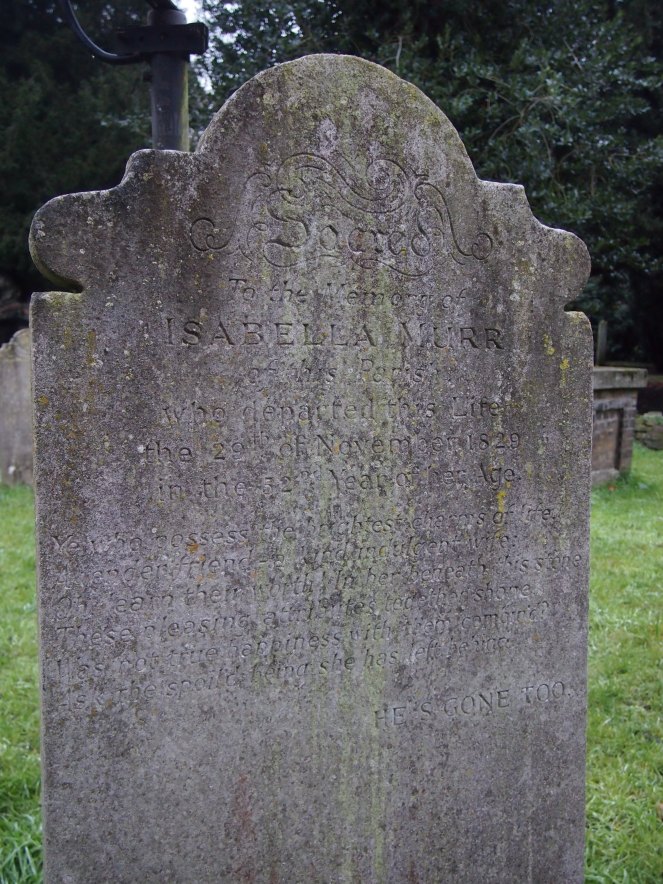
This unremarkable gravestone dates from the early nineteenth century, and marks the final resting place of Isabella Murr and her husband. Isabella died in 1829 at the age of 32, and her grieving husband commissioned an affectionate eulogy to be carved on her gravestone.
Ye who possess the greatest charms of life
A tender friend – a kind indulgent wife
Oh learn their worth! In her beneath this stone
These pleasing attributes together shone
Was not true happiness with them combin’d?
Ask the spoiled being she has left behind
This in itself is nothing particularly unusual, but if you look more closely, you’ll find that Isabella’s husband is commemorated by just three words – HE’S GONE TOO. A stark contrast to Isabella’s flowery eulogy and clearly an inscription dreamt up by someone with a sense of humour.
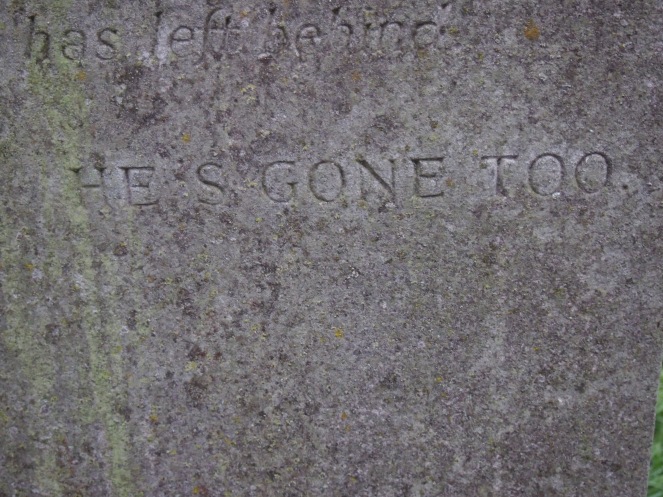
The proximity of All Saints to the River Thames made its churchyard vulnerable to the feared “resurrection men” in the 18th and 19th Centuries – bodysnatchers, stealing fresh corpses to meet the demands of medical schools, could take advantage of a quick getaway via a waiting boat on the river. To prevent this from happening, the churchyard was watched at night and it’s thought that the last bodysnatching incident took place at All Saints in 1828.

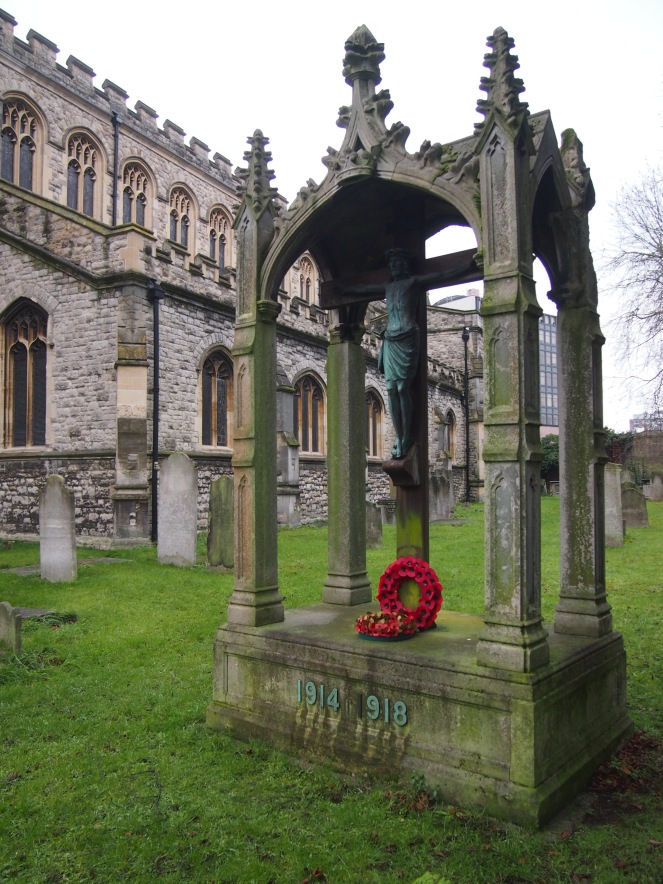
In common with other churchyards in Britain’s towns and cities, burials ceased at All Saints in the 1860s. By this time, the nearby Brompton Cemetery was open and was able to provide more space for burials. And with that, many centuries of burials at All Saints ceased, but luckily today many fascinating gravestones survive. I was quite blown away by the fascinating history contained in such a small place. This is a real gem of a churchyard and as it’s adjacent to the lovely Bishop’s Park in Fulham, it’s an easy place to find and explore if you’re in the area.
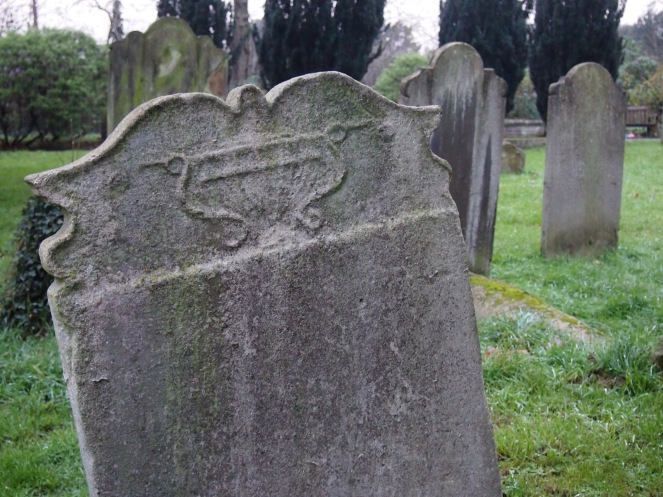


References and further reading
History – All Saints Church, Fulham http://www.allsaints-fulham.org.uk/history.htm
All Saints Churchyard, Fulham – London Gardens Online http://www.londongardensonline.org.uk/gardens-online-record.asp?ID=HAF001
London Borough of Hammersmith and Fulham – Historic Sculptures online database http://www.lbhf.gov.uk/Directory/Environment_and_Planning/Combined_search.asp?function=searchHS


Love the older gravestones, unfortunately in the Fens we hardly see any tombs, only a few, so its interesting to see them 🙂
LikeLike
I’d never really seen many tomb graves until I came to London – seems like every region has their own styles and preferences when it comes to gravestones. All Saints was such a treat – it was full of fascinating graves and wonderful carvings.
LikeLiked by 1 person
I love your research and photos. “He’s Gone Too” is a real gem. There is so much history in the churchyards. Good to know somebody is documenting it.
LikeLike
Thank you, Andrew! There is so much history in these old burial grounds – it’s easy to walk past these places and never realise how many stories they have to tell. I’m really glad that I took the time to explore the churchyard at All Saints as it’s proved to be a fascinating place to research and write about.
LikeLike
Is the snake-and-mirror perhaps a version of a caduceus? The caduceus is always represented with a knob or orb (or two crossed snakes) at the top. Whose grave is it? A physician perhaps? or a once-beautiful woman? What a fascinating riddle.
LikeLike
You might be on to something with the caduceus! It’s a real shame that the inscription on this monument is so worn, as if it was better preserved it might be easier to work out who it commemorates. But at the same time, I quite like the mystery!
LikeLiked by 1 person
The mirror and the snake are emblems of prudence.
LikeLike
Thanks for this fascinating piece. I’ll pay it a visit.
LikeLike
Thank you! It’s definitely worth a visit – so many fascinating graves to see.
LikeLike
A really interesting piece, thank you.
LikeLike
You’re welcome! I was surprised how many fascinating graves were in such a relatively small burial ground.
LikeLike
Another great piece – really interesting article. I must visit.
LikeLike
Thank you!
LikeLike
I reckon your snake is a basilisk – didn’t Harry Potter kill one with a mirror?
LikeLike
I used to cross Putney Bridge on the 74 bus everyday on my to Henry Compton school. So I passed St Mary’s and All Saint’s twice daily for six years. Beautiful building but Putney suffered from being in the shadow of the old bus station until that was replaced.
LikeLike